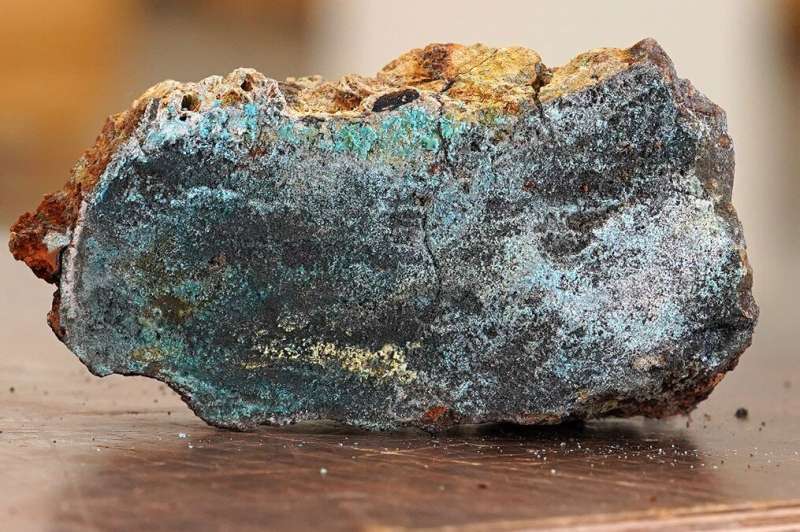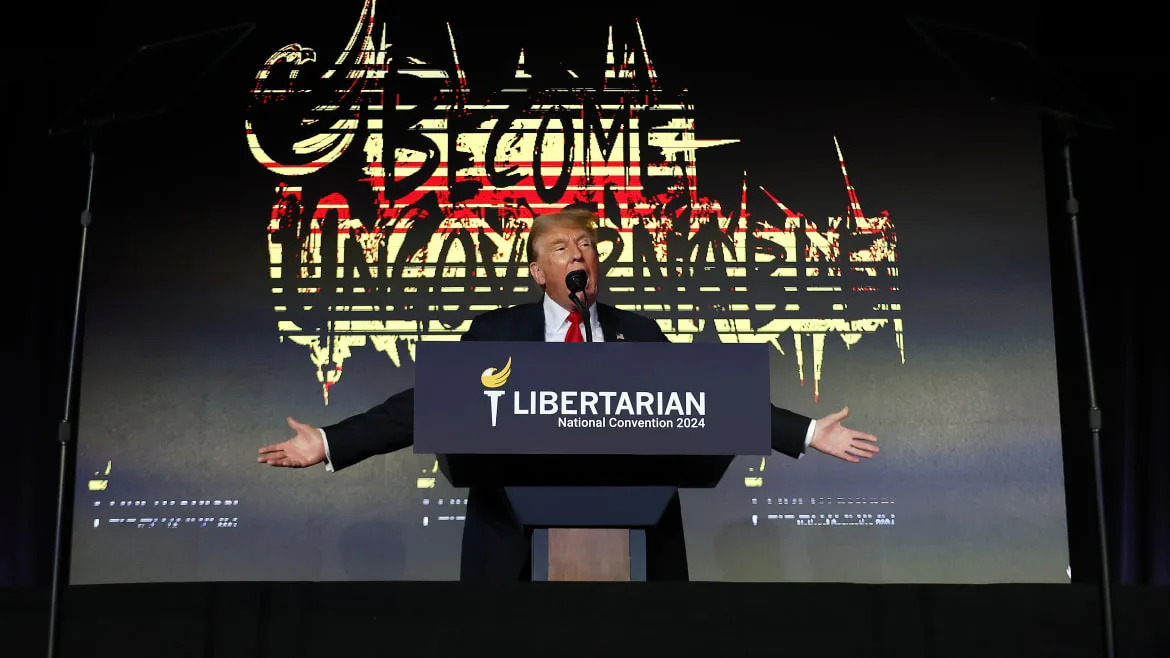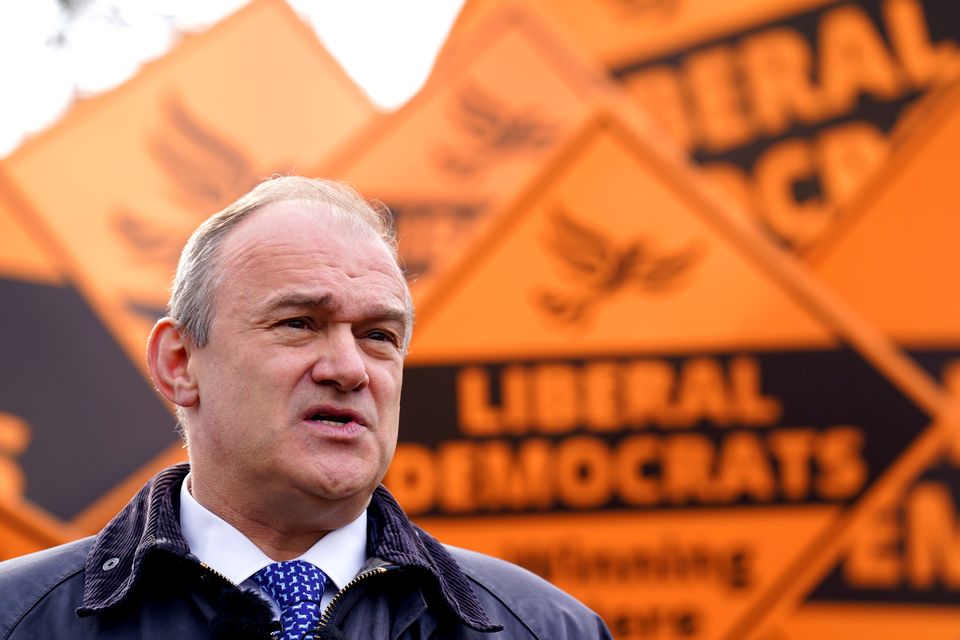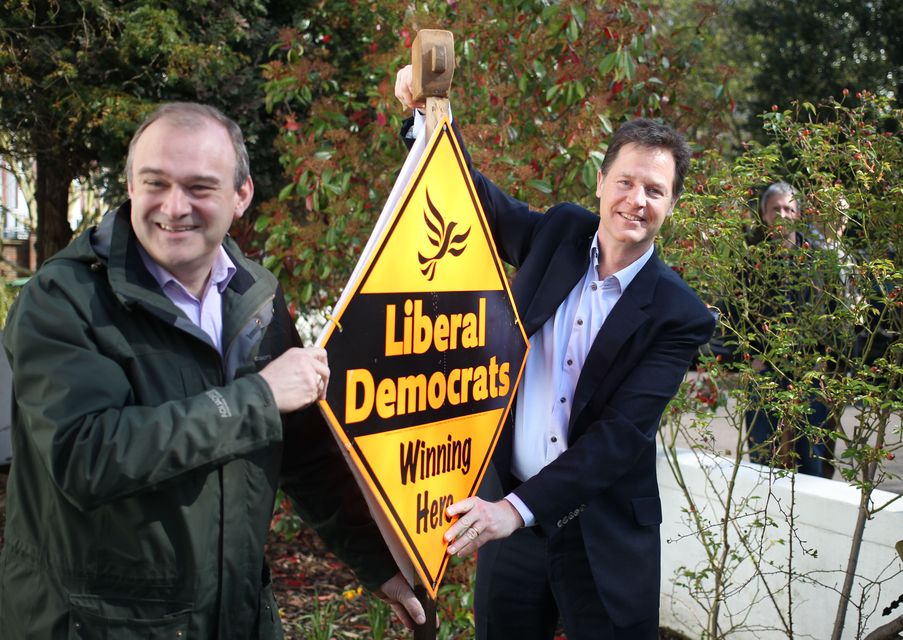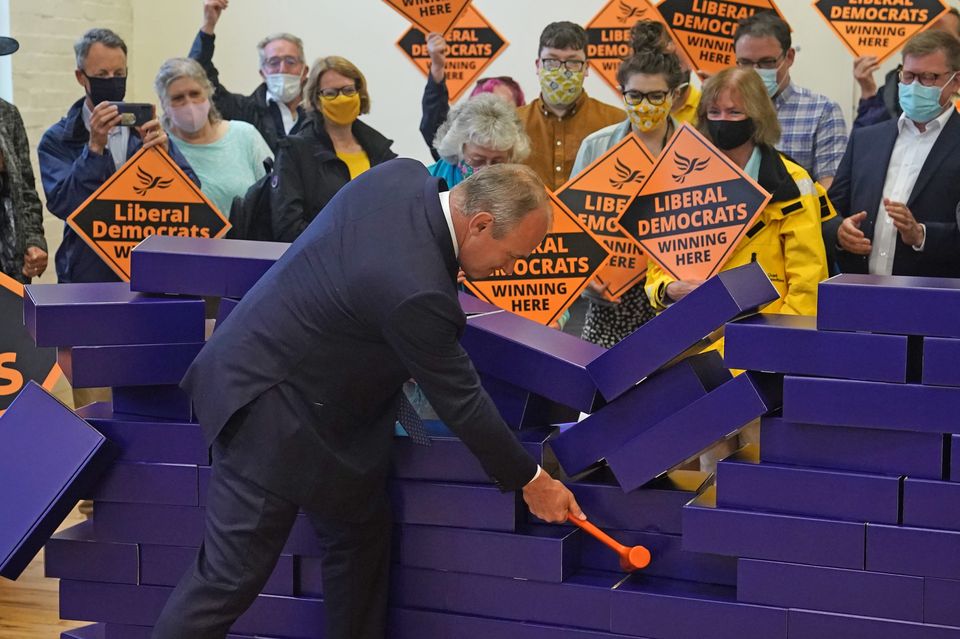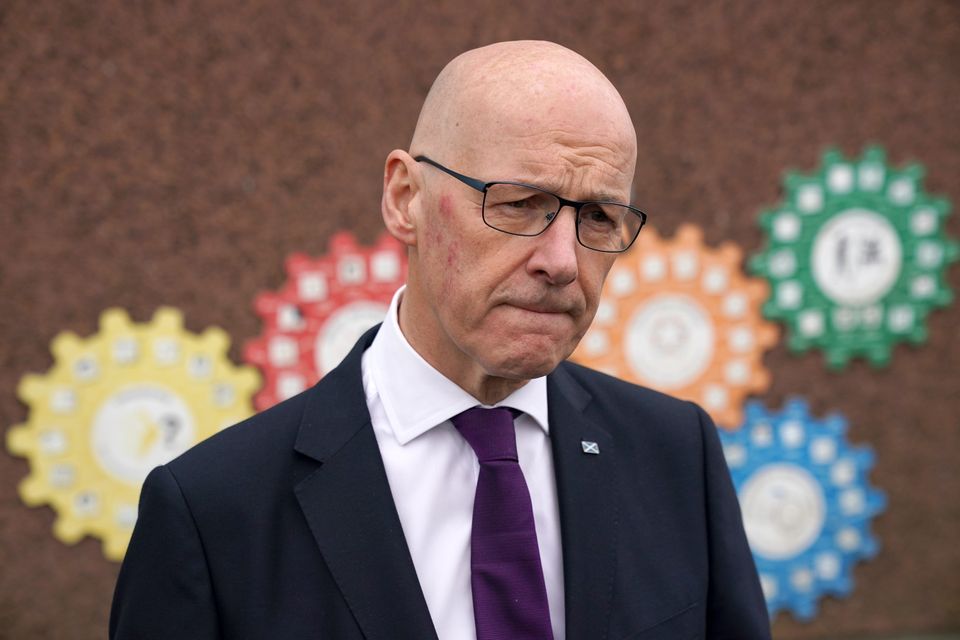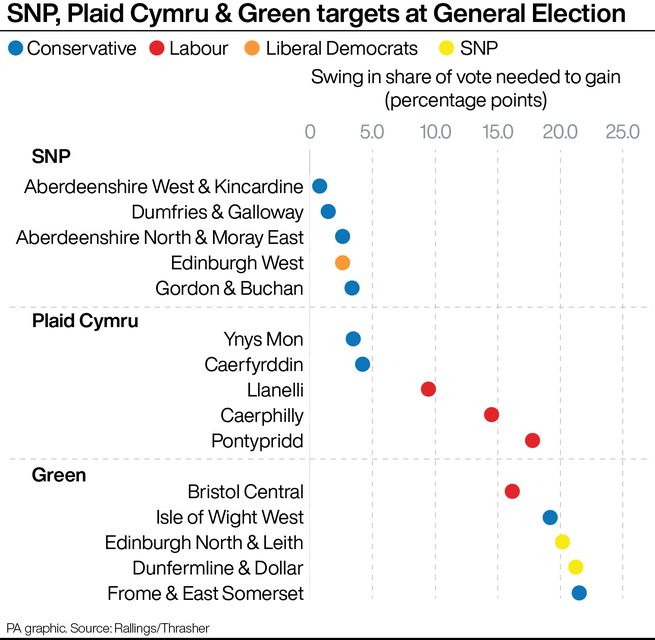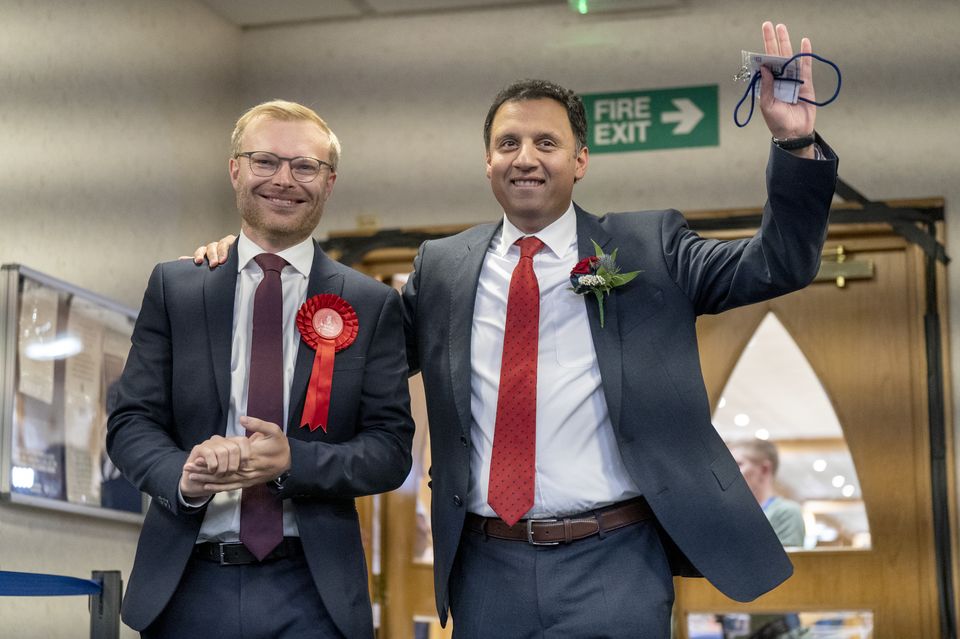

An Israeli airstrike triggered a massive blaze killing 45 people in a tent camp in the Gaza city of Rafah, officials said on Monday, prompting an outcry from global leaders who urged the implementation of a World Court ruling to halt Israel’s assault.
“There are 249 others who were wounded,” the Gaza health ministry said in a statement.
Mohammad al-Mughayyir, a senior official at the civil defence agency, told AFP: “We saw charred bodies and dismembered limbs … We also saw cases of amputations, wounded children, women and the elderly.”
He said that rescue efforts were facing major challenges. “There is a fuel shortage … there are roads that have been destroyed, which hinders the movement of civil defence vehicles in these targeted areas,” Mughayyir said. “There is also a shortage of water to extinguish fires.”
Israel has kept up operations in Rafah despite a ruling by the top UN court on Friday ordering it to immediately halt its military operations in the overcrowded city, once claimed by Israel to be a safe zone.
The attack took place in the Tel Al-Sultan neighbourhood, where thousands were sheltering after Israeli forces began a ground offensive in the east of Rafah over two weeks ago.
More than half of the dead were women, children, and elderly people, health officials in Gaza said, adding that the death toll was likely to rise as more people caught in the blaze were in critical condition with severe burns.

The International Committee of the Red Cross said its field hospital in Rafah was receiving an influx of casualties, and that other hospitals also were taking in a large number of patients.
Senior Hamas official Sami Abu Zuhri described the attack in Rafah as a “massacre”, holding the United States responsible for aiding Israel with weapons and money.
Meanwhile, the Israeli military claimed its air force struck a Hamas compound in Rafah and that the strike was carried out with “precise ammunition and on the basis of precise intelligence.”
It said it took out Hamas’ chief of staff for the West Bank and another senior official behind deadly attacks on Israelis. “The IDF is aware of reports indicating that as a result of the strike and fire that was ignited several civilians in the area were harmed. The incident is under review.”
Israel’s top military prosecutor, however, called the air strike “very grave” and said an investigation was under way.
French President Emmanuel Macron said he was “outraged” over Israel’s latest attacks. “These operations must stop. There are no safe areas in Rafah for Palestinian civilians,” he said on X.
Germany’s foreign minister Annalena Baerbock and the EU foreign policy chief Josep Borrell said the International Court of Justice ruling must be respected.
“International humanitarian law applies for all, also for Israel’s conduct of the war,” Baerbock said.
Doctors Without Borders (MSF) said it was “horrified” by the attack, adding that the “deadly event” showed once again that nowhere was safe in Gaza.
Burnt tents, charred belongings
In scenes grimly familiar from a conflict in its eighth month, Palestinian families rushed to hospitals to prepare their dead for burial after the strike late on Sunday night set tents and rickety shelters ablaze.

Women wept and men held prayers beside bodies in shrouds.
“The whole world is witnessing Rafah getting burnt up by Israel and no one is doing anything to stop it,” Bassam, a Rafah resident, said via a chat app, of the strike in an area of western Rafah that had been designated a safe zone.
“The air strikes burnt the tents, the tents are melting and the people’s bodies are also melting,” said one of the residents who arrived at the Kuwaiti hospital in Rafah.
By daylight, the camp was a smoking wreckage of tents, twisted metal and charred belongings.
Sitting beside bodies of his relatives, Abed Mohammed Al-Attar said Israel lied when it told residents they would be safe in Rafah’s western areas. His brother, sister-in-law and several other relatives were killed in the blaze.
“The army is a liar. There is no security in Gaza. There is no security, not for a child, an elderly man, or a woman. Here he (my brother) is with his wife, they were martyred,” he said.
“What have they done to deserve this? Their children have been orphaned.”
Israeli tanks continued to bombard eastern and central areas of the city in southern Gaza on Monday, killing eight, local health officials said.

Earlier on Sunday, the Israeli military said eight projectiles were identified crossing from the area of Rafah, the southern tip of the Gaza Strip. A number of the projectiles were intercepted, it said. There were no reports of casualties.
In a statement on its Telegram channel, the Hamas al-Qassam Brigades said the rockets were launched in response to “Zionist massacres against civilians”.
Rafah is located about 100 kilometres south of Tel Aviv. Israel says it wants to root out Hamas fighters allegedly holed up in Rafah and rescue hostages it says are being held in the area, but its assault has worsened the plight of civilians and caused an international outcry.
Israeli war cabinet minister Benny Gantz said the rockets fired from Rafah “prove that the [Israel Defense Forces] must operate in every place Hamas still operates from”.
Itamar Ben Gvir, a hardline public security minister who is not part of Israel’s war cabinet, urged the army to hit Rafah harder. “Rafah with full force,” he posted on X.
Nearly 36,000 Palestinians have been killed in Israel’s offensive, Gaza’s health ministry says. Israel launched the operation after Hamas attacked southern Israeli communities on Oct 7, killing around 1,200 people and seizing more than 250 hostages, according to Israeli tallies.

Fighting also continued in the northern Gaza area of Jabaliya, the scene of intense combat earlier in the conflict.
During one raid, the military said it found a weapons storage site with dozens of rocket parts and weapons at a school. It denied Hamas statements that Palestinian fighters had abducted an Israeli soldier.
Hamas media said an Israeli airstrike on a house in a neighbourhood near Jabaliya killed 10 people and wounded others.
Truce talks
Efforts to agree a halt to the fighting and return more than 120 hostages have been blocked for weeks but there were some signs of movement this weekend following meetings between Israeli and US intelligence officials and Qatar’s prime minister.
An official with knowledge of the matter said a decision had been taken to resume the talks this week based on new proposals from Egyptian and Qatari mediators, and with “active US involvement.”
However, a Hamas official played down the report, telling Reuters: “It is not true.”
Netanyahu’s war cabinet would discuss the new proposals, his office said.
A second Hamas official, Izzat El-Reshiq, said the group had not received anything from the mediators on new dates for resuming talks as had been reported by Israeli media.
Reshiq restated Hamas’s demands, which include: “Ending the aggression completely and permanently, in all of Gaza Strip, not only Rafah”.
While Israel is seeking the return of hostages, Netanyahu has repeatedly said the onslaught will not end until Hamas, which is sworn to Israel’s destruction, is eliminated.
Aid trucks enter Gaza
Israel has faced calls to get more aid into Gaza after more than seven months of offensive that has caused widespread destruction and hunger in the enclave.
Khaled Zayed of the Egyptian Red Crescent told Reuters 200 trucks of aid, including four fuel trucks, were expected to enter Gaza on Sunday through Kerem Shalom.
It follows an agreement between US President Joe Biden and Egyptian President Abdel Fattah al-Sisi on Friday to temporarily send aid via the Kerem Shalom crossing, bypassing the Rafah crossing that has been blocked for weeks.
Egypt’s state-affiliated Al Qahera News TV shared a video on social media platform X, showing what it said were aid trucks as they entered Kerem Shalom, which before the conflict was the main commercial crossing station between Israel, Egypt and Gaza.
The Rafah crossing has been shut for almost three weeks, since Israel took control of the Palestinian side of the crossing as it stepped up its offensive.
Egypt has been increasingly alarmed at the prospect of large numbers of Palestinians entering its territory from Gaza and has refused to open its side of the Rafah crossing.
Israel has said it is not restricting aid flows and has opened up new crossing points in the north as well as cooperating with the United States, which has built a temporary floating pier for aid deliveries.

